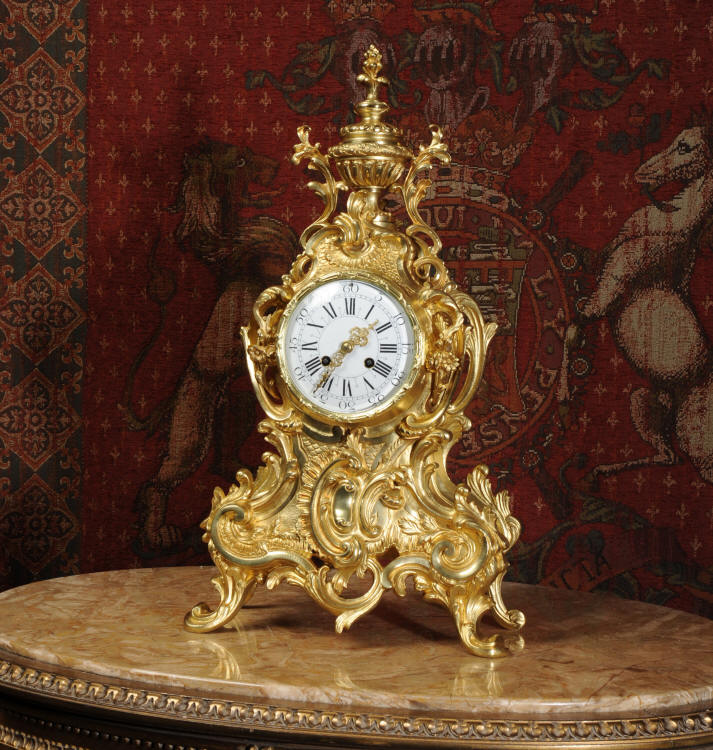Large watchmaking mechanisms have been installed in the steeples of the cities of the Holy Roman Empire since the Middle Ages (examples of Strasbourg Cathedral in 1354; Stralsund in 1394; Bern in 1405 or Prague in 1410).
The manufacture of the first watchmaking mechanisms, driven by springs, was established in the 17th century. These small mechanisms often had astronomical indications and landed on a table. The cities of Nuremberg, Augsburg and Prague were the first centres for the creation and manufacture of these mechanisms. Soon enough, other watchmaking centres appeared all over Europe.
The watch industry started very early in Switzerland and then in England, with numerous inventions and tricks of organizing work and massifying production, allowing a very advanced progress for the time, in technology as in the refinement of products, against the background of intervention of political power. Precision, automation, fine metal work, have laid the groundwork for other strategic activities, especially the navy, and other future mechanized industries. This history gradually accelerated from the 18th century on the emergence of a massive proto-industry in the Swiss mountains, which preceded and resisted the industrial revolution for a long time.
Article from Wikipedia under Creative Attribution License
Sharing in the Same Conditions 3.0 Not Transposed” (CC BY-SA 3.0)
Available in full at https://fr.wikipedia.org/wiki/Horlogerie#Histoire_de_l’horlogerie
